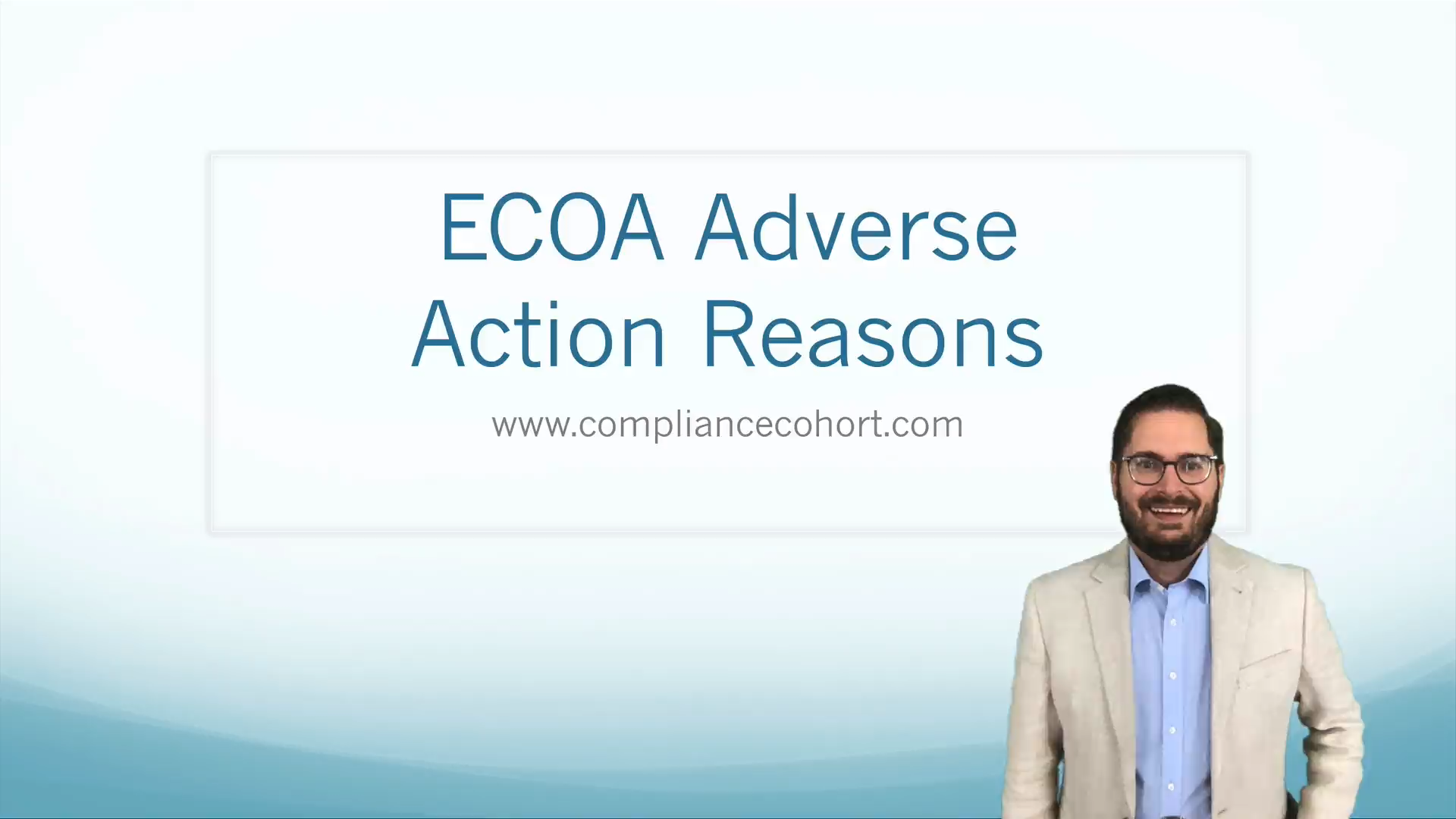On June 28, 2019, the CFPB released their annual report on fair lending. Coming just seven months after the last annual report to congress (12/4/18), this annual report to Congress describes the Bureau’s fair lending activities in innovation, outreach, prioritization, guidance and rulemaking, supervision, and enforcement for calendar year 2018. This is the first report released under new CFPB Director, Kathleen Kraninger.
NOTE: The 2018 CFPB fair lending report to Congress will be included in our 2Q 2019 Regulatory Update program, which will be released in July of 2019, covering all of the regulatory changes that a compliance professional needs to be aware of from the activity that occurred during the 2nd Q of 2019.






